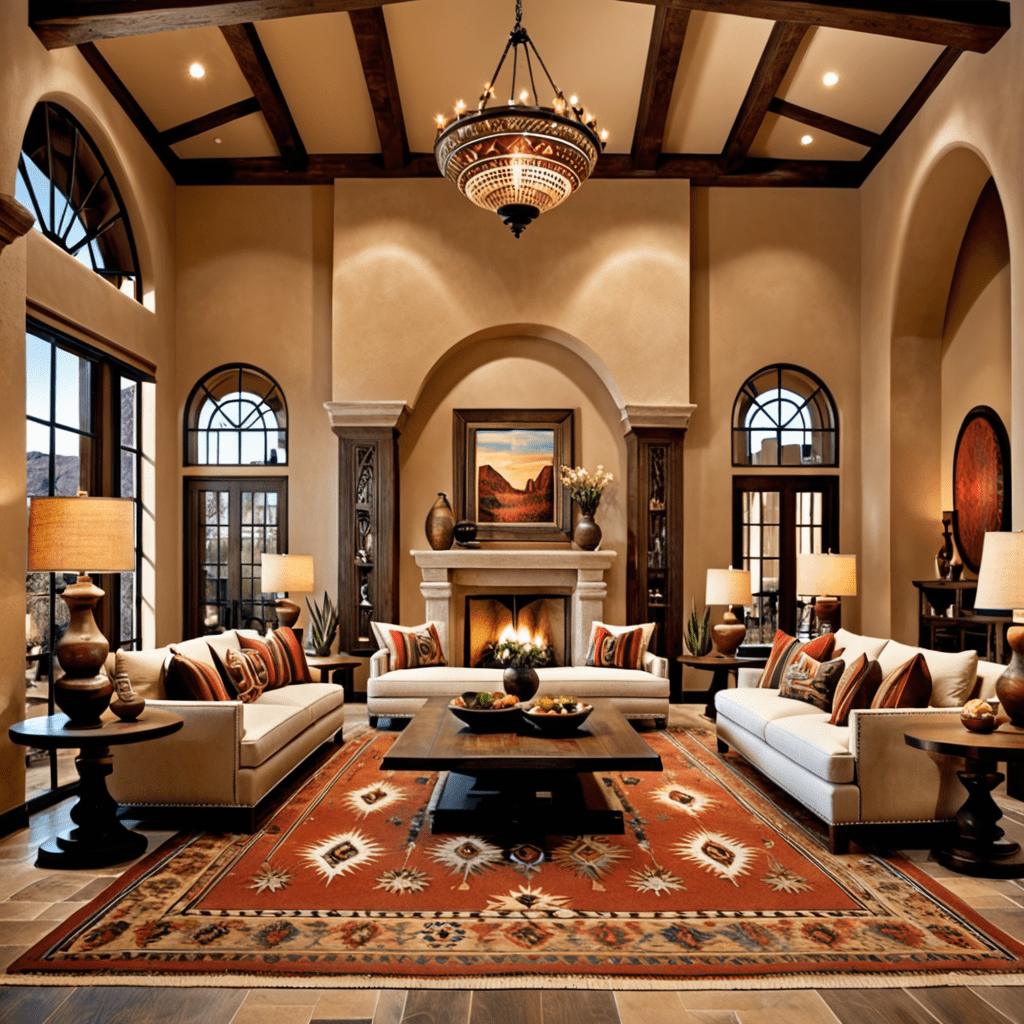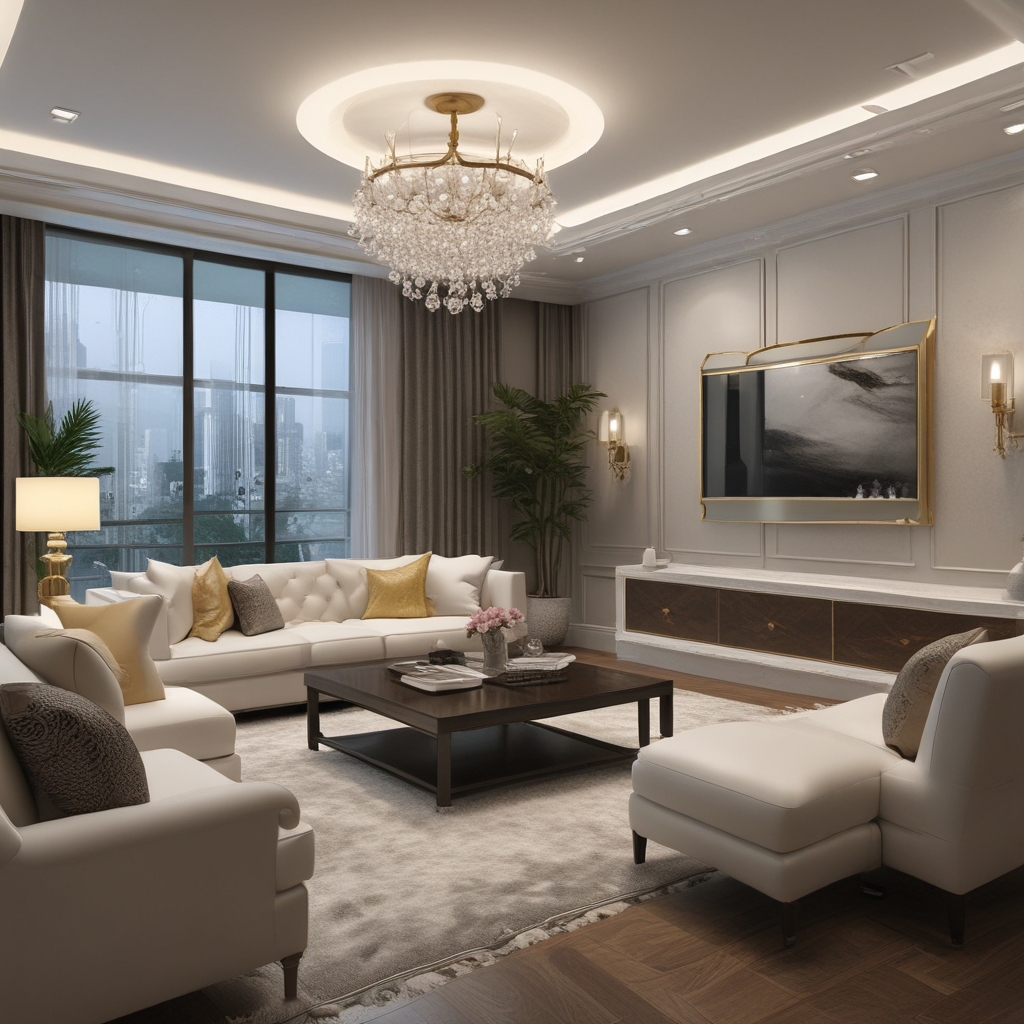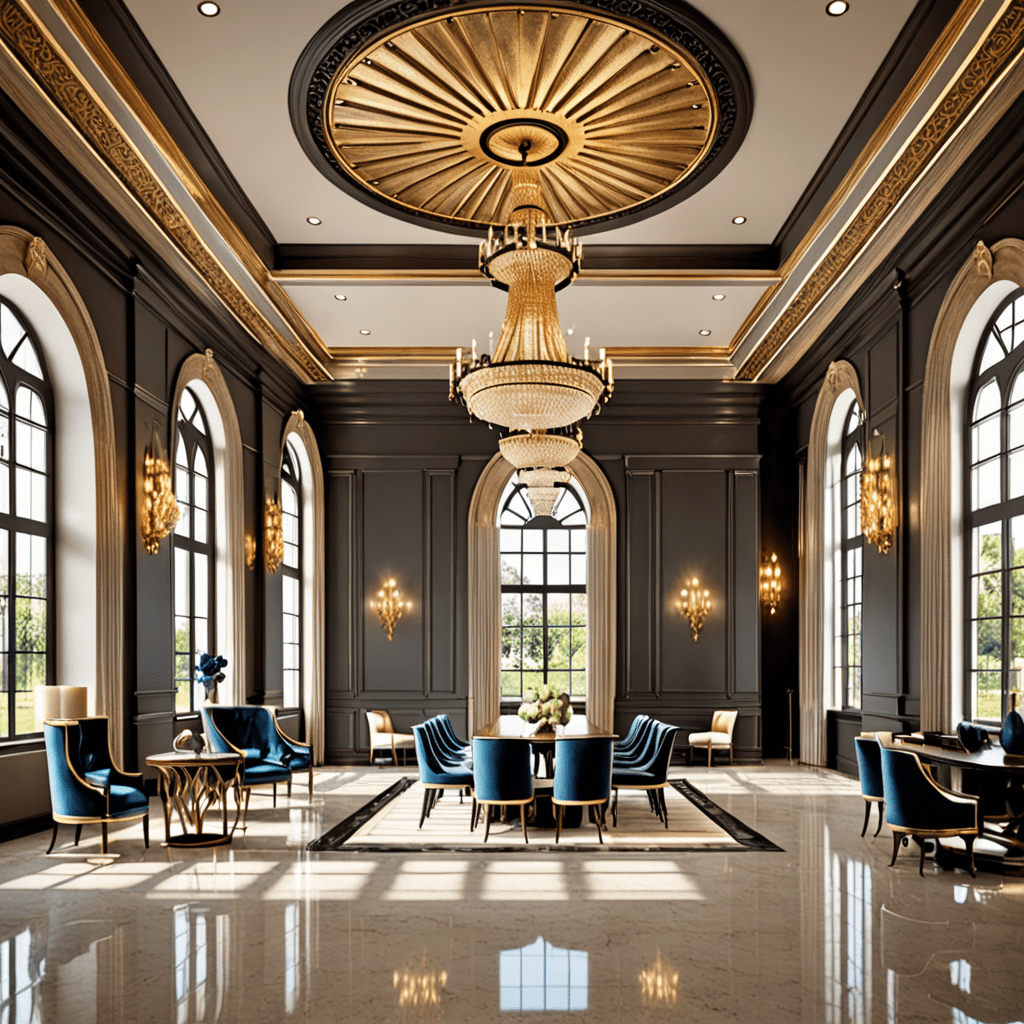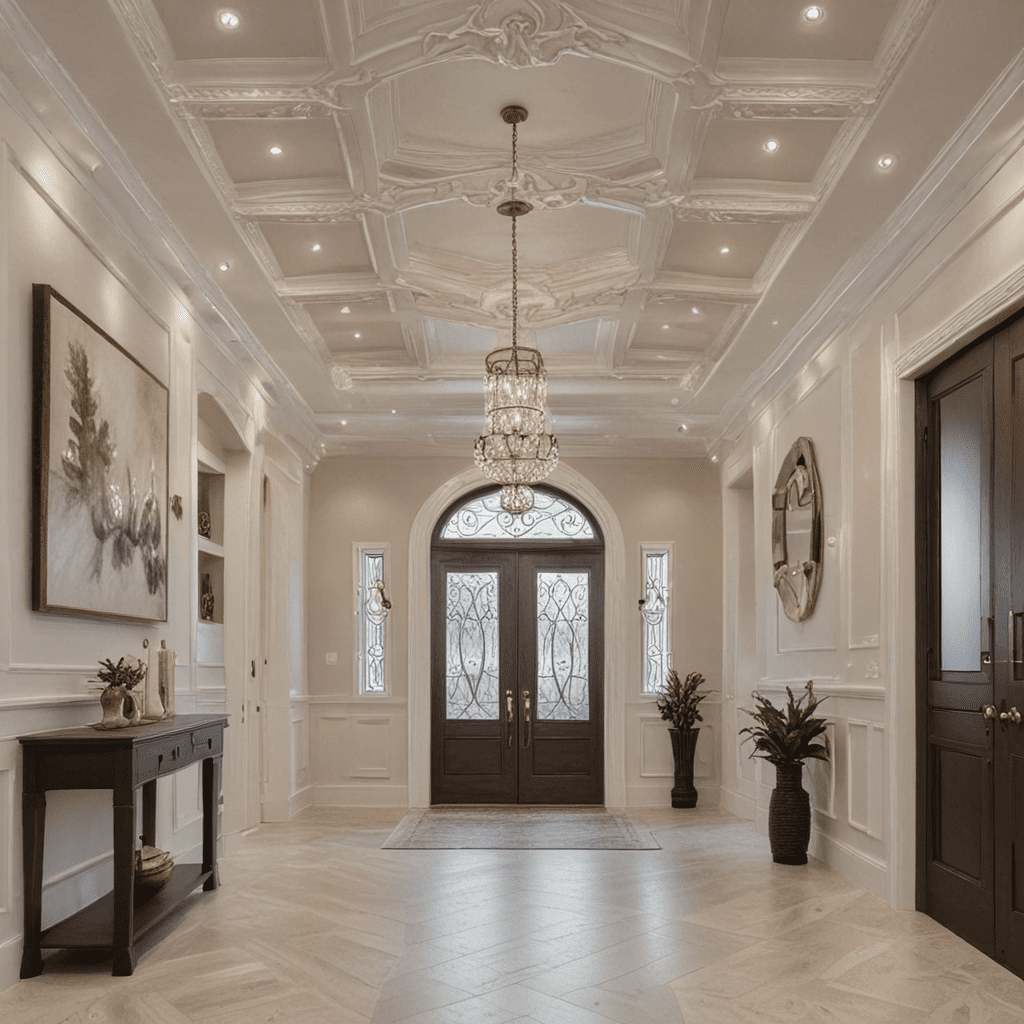Inside the Titanic: A Luxurious Interior Design Reflecting its Grandeur
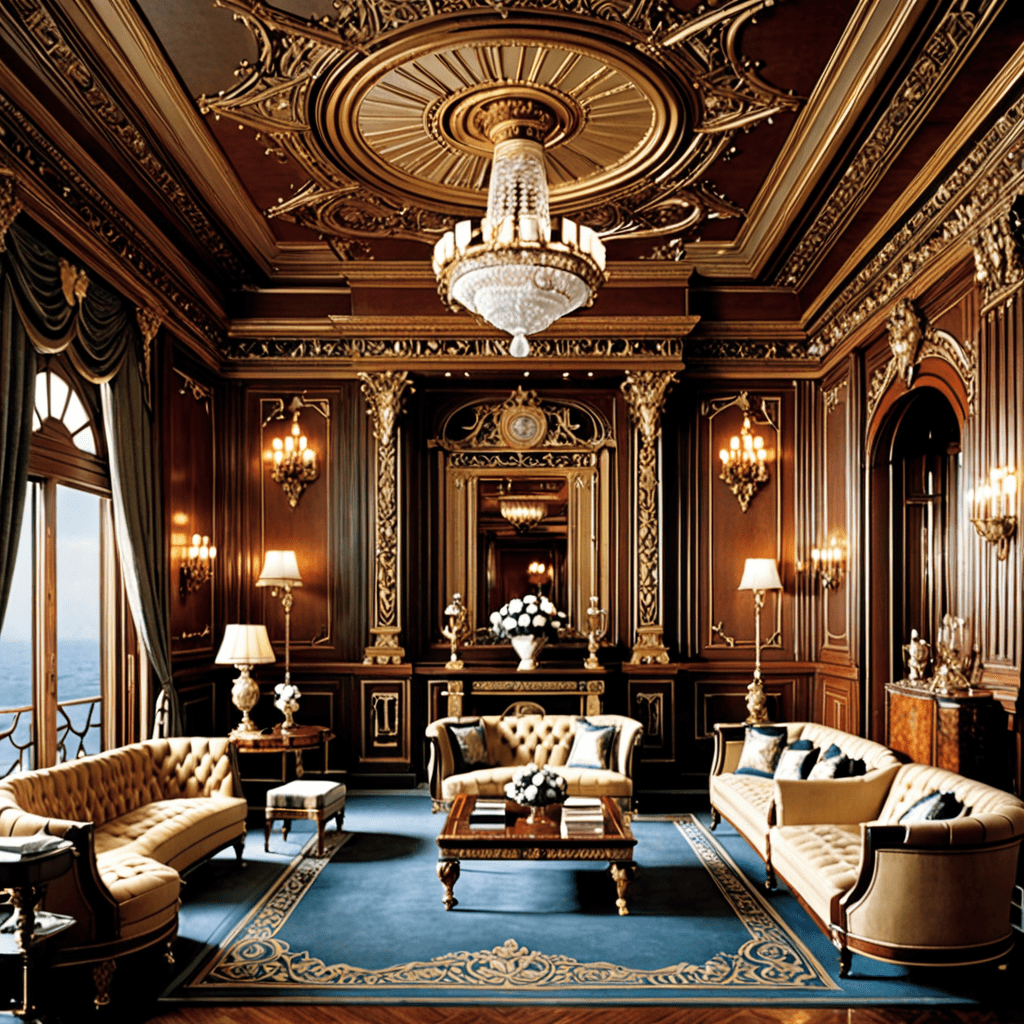

Inside the Titanic: A Luxurious Interior Design Reflecting its Grandeur
The Visionary Design of the Titanic
The RMS Titanic, a marvel of engineering and opulence, was not only designed to be the largest and most luxurious ship of its time but also sought to convey a sense of grandeur and elegance through its interior design. Every detail was meticulously planned and executed to create an atmosphere of luxury and sophistication, befitting the elite passengers who would embark on this majestic vessel.
The Influence of the Gilded Age
The interior design of the Titanic was heavily influenced by the Gilded Age, a period characterized by exuberance and extravagance. The ship’s designers drew inspiration from the opulent styles and designs of the era, incorporating elements of Beaux-Arts, Art Nouveau, and Edwardian architecture. This fusion of styles resulted in a visually stunning and harmonious interior that captivated the eyes of all who stepped aboard.
A Grand Entrance: The Grand Staircase
One of the most iconic features of the Titanic’s interior design was the Grand Staircase. Located in the First-Class section of the ship, this majestic spiral staircase was a true masterpiece, adorned with intricate carvings, wrought iron railings, and luxurious finishes. The sweeping elegance of the Grand Staircase served as a focal point and welcomed passengers into a world of opulence and splendor.
Impeccable Craftsmanship: The First-Class Cabins
The First-Class cabins on the Titanic were a testament to unparalleled craftsmanship and attention to detail. These lavish accommodations featured plush furnishings, fine linens, and exquisite wood paneling, creating a cozy and regal ambiance. Each cabin was meticulously designed to provide maximum comfort and privacy, ensuring that even on the high seas, passengers felt as though they were staying in the finest of hotels.
The Extravagant Dining Saloons
The Titanic boasted multiple dining saloons that epitomized luxury and refinement. The First-Class dining saloon, with its soaring ceilings, ornate chandeliers, and sumptuous furnishings, was a sight to behold. It was here that the elite passengers would gather for elaborate meals, enjoying the finest cuisine served on exquisite china and silver.
Unforgettable Entertainment: The Grand Lounge
A hub of social activity and entertainment, the Grand Lounge was a luxurious space where passengers could gather to relax and enjoy various performances. Featuring elegant seating, lavish carpets, and decorative paneling, this opulent venue provided the perfect backdrop for concerts, recitals, and evening soirees. It was a place where the elite could come together, socialize, and revel in the splendor of the Titanic.
Exquisite Details: The Smoking Room
For the male passengers, the Smoking Room offered a refined retreat where they could enjoy a cigar or pipe in a sophisticated setting. This intimate space was characterized by rich mahogany paneling, ornate ceilings, and comfortable leather armchairs. The attention to detail in the Smoking Room epitomized the ship’s dedication to creating a luxurious and memorable experience for its passengers.
Frequently Asked Questions (FAQ)
1. How long did it take to design the interior of the Titanic?
The interior design of the Titanic took several years to plan and execute. Architects, engineers, and designers worked tirelessly to create a visually stunning and functional space that would exceed the expectations of its discerning passengers.
2. What materials were used in the construction of the Titanic’s interior?
The interior of the Titanic featured a range of materials, including luxurious woods like mahogany and oak, ornate ironwork, intricate carvings, plush fabrics, fine china, and silverware. These materials were carefully selected to evoke a sense of grandeur and elegance throughout the ship.
3. Were the interior designs of all passenger areas equally lavish?
While the First-Class areas of the Titanic were undoubtedly the most lavish, the designers also paid careful attention to the interior design of the Second- and Third-Class areas. Though not as opulent, these sections still featured well-crafted and comfortable spaces that were a far cry from the cramped and basic accommodations typically found on ocean liners of the time.
4. What happened to the Titanic’s interior design after its sinking?
Unfortunately, the sinking of the Titanic resulted in the loss of its luxurious interior. The ship, now resting at the bottom of the Atlantic Ocean, has become a time capsule preserving the memory of its opulent design. Fortunately, replicas and recreations have been made over the years, allowing us to experience a glimpse of the Titanic’s interior design on land.
5. Did the interior design of the Titanic influence future ship designs?
Absolutely! The interior design of the Titanic had a profound impact on future ship designs, particularly in the luxury cruise industry. Elements such as grand staircases, ornate dining halls, and lavish cabins became sought-after features on passenger ships, aiming to replicate the elegance and grandeur that the Titanic once embodied.
By embracing the principles of elegance, opulence, and the revival of architectural styles from the Gilded Age, the interior design of the Titanic created an immersive experience for its passengers. This luxurious setting was a testament to the ship’s grandeur and an enduring symbol of an era that will forever be remembered in history.
